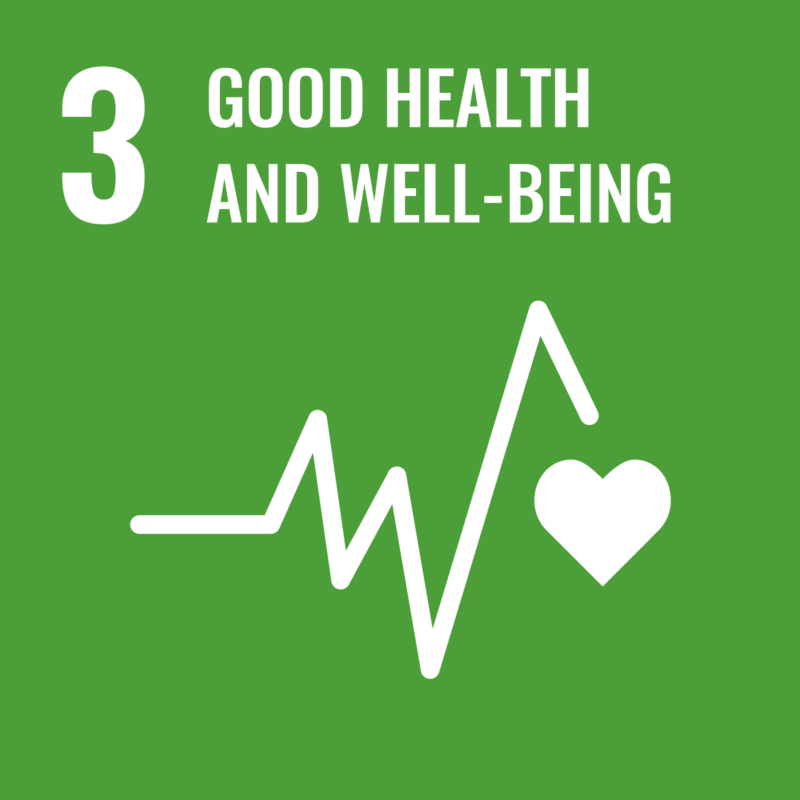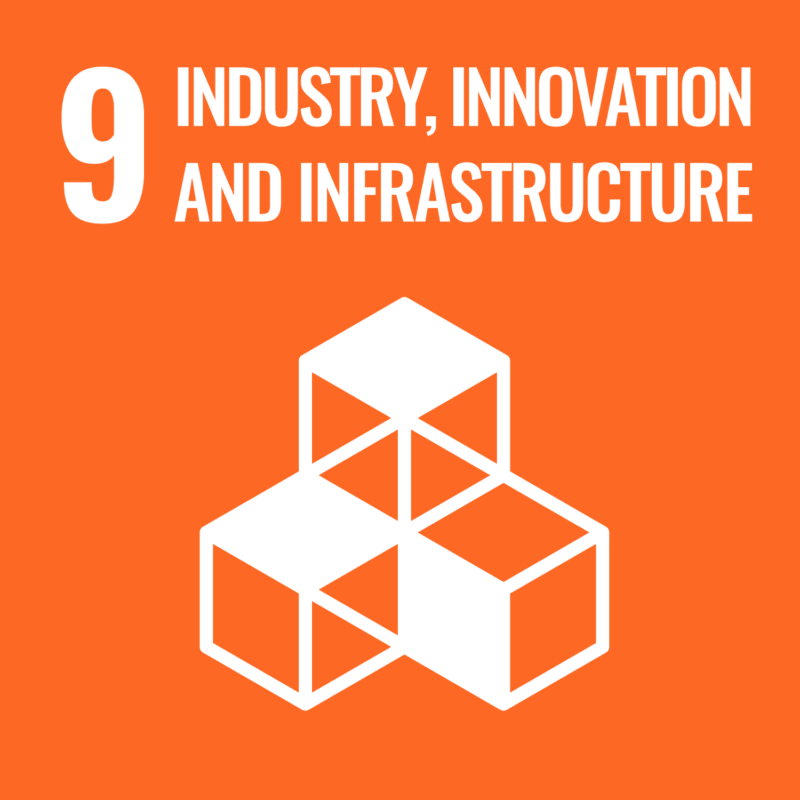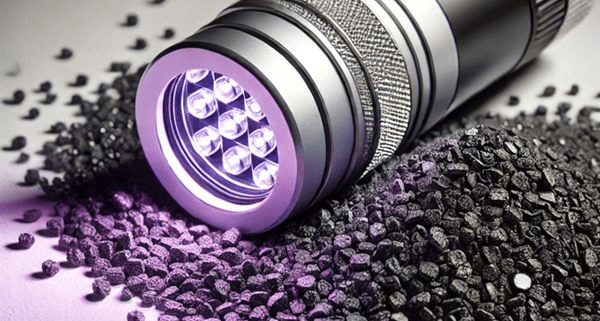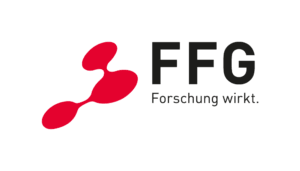The research project “MoFIDES” (Modular Filter Disinfection and Decontamination), led by FOTEC, is carried out in cooperation with RHP Attophotonics, the OFI Austrian Research and Testing Institute and the Austrian Federal Ministry of Defense.
The project is being carried out as part of the Austrian defense research program FORTE, financed by the Federal Ministry of Finance and managed by FFG Österreichische Forschungsförderungsgesellschaft mbH.
The aim of the project is to develop technologies that enable chemical and/or physical disinfection and decontamination of air filter modules for collective CBRN protection during operation in order to extend the maximum operating time of the filters. Among other things, the decontaminating effect of UV LED irradiation and the efficiency of the UV LED modules used, also in combination with UV-active photocatalytic coating, is being scientifically investigated using microbiological methods. For this purpose, static and flowing tests are carried out in the laboratory with up to five surrogates for biological agents (bacteria, molds, spores, viruses).
Air filter modules as protection against NBC threats
CBRN (Chemical, Biological, Radiological and Nuclear) or NBC protection refers to protection against nuclear, biological and chemical hazards and weapons. This includes the protection of soldiers from threats in war scenarios as well as disaster relief at home and abroad. NBC equipment is used to detect hazardous substances, decontaminate (de-radiate, disinsect and detoxify) people, equipment and areas and to rescue people from destroyed and contaminated objects.
Air filters unit used for collective protection against NBC threats typically contain a fiber filter (to retain particulate substances e.g. dust or microorganisms) and an activated carbon filter (to adsorb gaseous substances especially chemical warfare agents). Both filters have a maximum loading capacity. As soon as it is reached, the flow resistance of the filter module increases i.e. the downstream room is supplied with less fresh air than tolerable and/or a filter breakthrough occurs and warfare agent streams into the downstream room. The filter capacity thus determines the maximum operation time, after which the filter needs to be changed.
Changing an NBC filter – especially after exposure to a warfare agent – limits the availability of the room protected by the filter (e.g. vehicle), is a risky task, and causes manpower and logistic effort, which can be significant depending on the operation area. Users of ABC filters – especially in mobile applications – are therefore highly interested in extending their maximum operation time. For this purpose, captured noxious substances would have to decomposed and/ or desorbed in operation (i.e. in situ). This would also reduce the risk of filter dismantling, but is not technically feasible currently.
Within the proposed project, technologies shall be developed, which allow decomposition and/or desorption of captured substances and take into account the properties (i.e. optical density, geometry, working principle, expected exposure to noxious agents) of the two very different components of NBC filter units described above (fiber filters & activated carbon). Due to their high technical flexibility, UV-LEDs shall be investigated for the decontamination of fiber filters via direct action (antimicrobial wavelengths) or indirectly via photocatalytic generation of reactive oxygen species (ROS).
Regarding the decontamination of activated carbon R&D activities within the project will focus on thermal-chemical in-situ decontamination or desorption, respectively. The aim of the project is to generate a data basis on which technologies are suited for the in-situ decontamination in stationary as well as mobile fresh air supply systems, which type of filter loading (i.e. which germs or chemicals) can be removed with the respective technologies and whether and how the technologies can potentially affect the downstream rooms protected by the filters (e.g. via UV-induced ozone generation). For this purpose, the technologies shall be tested using representative filter materials and biological and chemical simulants for warfare agents.
Funding: FORTE, FORTE – Kooperative F&E-Projekte KFE 2023
Project consortium:
Lead: FOTEC Forschungs- und Technologietransfer GmbH
OFI Österreichisches Forschungsinstitut für Chemie und Technik



